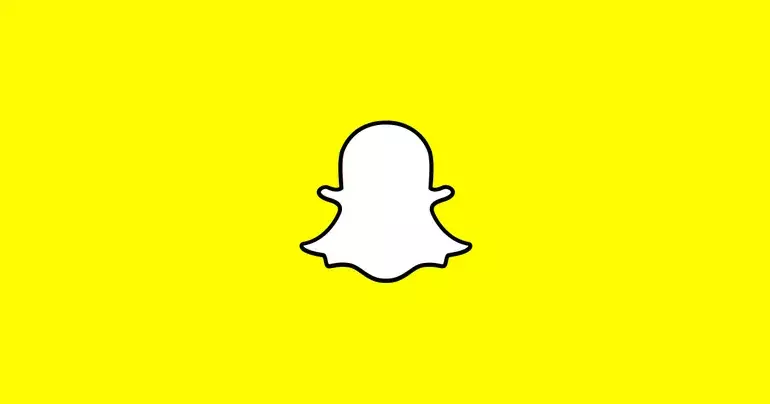Snapchat has always been a platform defined by its unique approach to social interaction, emphasizing ephemeral content and privacy. With its recent introduction of “Sponsored Snaps,” which are essentially inbox direct message (DM) ads, there seems to be a significant shift in its advertising strategy. This article delves into the implications of integrating promotional content into such a personal space, exploring the potential backlash from users, the motivations behind these changes, and what this means for the future of Snapchat.
The Sacred Space of Snapchat’s Inbox
Snapchat’s messaging inbox is unlike any other in the realm of social media. It operates under the principles of privacy, temporary connections, and an untainted communication environment. The nature of disappearing messages has fostered a safe haven for its predominantly younger user base, allowing them to share personally curated experiences without the looming oversight of parents, relatives, or broader societal scrutiny. This privacy fosters a sense of intimacy that distinguishes Snapchat from its competitors. However, introducing sponsored content into this revered space risks shattering the delicate balance that has made Snap popular among youth.
Moreover, it raises questions about user trust. Advertisements invading a space meant for personal connections could contribute to a growing sense of frustration among users, particularly when they feel that their genuine interactions are being overshadowed by commercial messages. The potential for diluted personal engagement as a result of this shift presents significant risks for Snapchat’s brand reputation.
Reports indicate that users are currently confronted with promotional material taking over a substantial portion of their inbox slots. For instance, it has been documented that the first three placements within the Snap inbox are already filled with advertisements and promotional offers, ranging from Snap’s own services to collaborations with other brands like Disney’s “Moana 2.” When a third of the inbox is dedicated to self-promotion, it raises crucial questions about user experience on the platform.
While Snapchat seeks to optimize user engagement and capitalize on in-app activities, the approach could lead to diminished satisfaction among users. Those who are accustomed to a more organic social media experience may feel alienated by the encroachment of sponsored content. Furthermore, the platform’s strategy of integrating advertisements into the messaging feature might dissuade users who value their space for authentic communication and connection.
Despite the potential pushback from users, the economic rationale for Snapchat’s experiment is clear. As it grapples with stagnant growth in key revenue markets such as North America and Europe, Snapchat must explore new streams of income to sustain itself. With the digital advertising landscape becoming increasingly competitive, the temptation to monetize every aspect of the user experience is strong. Incorporating ads into the inbox constitutes a strategic shift aimed at understanding user behavior within this space and leveraging it for monetization.
Yet, this transition draws attention to the broader question of sustainability in social media business models. Will users continue to engage with the platform if they feel their privacy is compromised for financial gain? Snapchat faces a delicate balancing act between monetizing its user base and preserving user trust and engagement.
As Snapchat forays into the world of Sponsored Snaps, it does so with the risk of alienating its core audience. While the move is driven by economic necessity and a desire to optimize advertising opportunities, the implications for user experience are profound. The sacred space of the inbox, which has come to be synonymous with personal interaction and privacy, is at risk. Whether Snapchat can effectively navigate this precarious path without losing its devoted user base remains to be seen.
Ultimately, the future of Snapchat may hinge on its ability to strike a harmonious balance between generating revenue and fostering a user-friendly environment. Time will reveal whether this experiment is a misstep that warrants reversal or a strategic pivot that could redefine the social media landscape. Users will undoubtedly hold the ultimate power in dictating the platform’s success or failure in this endeavor.


Leave a Reply